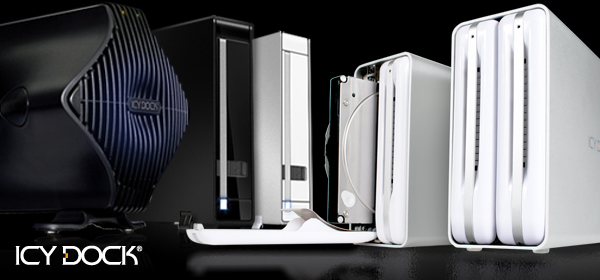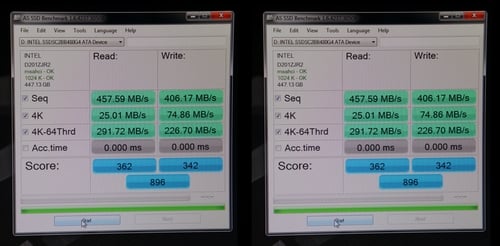“We continue to believe the HDD industry bottomed in first half of 2013, consistent with comments from WD, Seagate, and other suppliers. The PC-related risk has faded in importance for the HDD stocks, since non-PC HDD sales are now eclipsing PC HDD sales led by double-digit unit growth for enterprise and branded drives. Seagate is well-positioned to outgrow the industry in FY14 driven by organic investments in hybrids, enterprise and client SSDs, and services,” said Joe Wittine, an analyst with Longbow Research, in a note to clients, reports Tech Trader Daily.
Traditionally, sales of hard disk drives in the second calendar quarter are up by 3% - 7% sequentially. However, this year the declining market of personal computers significantly affected the markets of PC components and the hard drive market contracted by 2% - 3%, to approximately 132 – 133 million of units in the quarter.
During the second quarter of 2013, Seagate sold around 53.8 million of hard drives, a decline of 1.9 million in the previous quarters. Western Digital managed to sell 59.896 hard drives in calendar Q2 2013, or about 280 thousand lower than in the previous quarter. Toshiba Corp. most likely shipped around 19 million hard disk drives during the quarter, which is around one million units lower than in Q1 2013."
Link to the Entire Article: xbitslab: Hard Drive Makers Will Continue to Limit Output to Sustain Margins – Analyst.
 "
"










